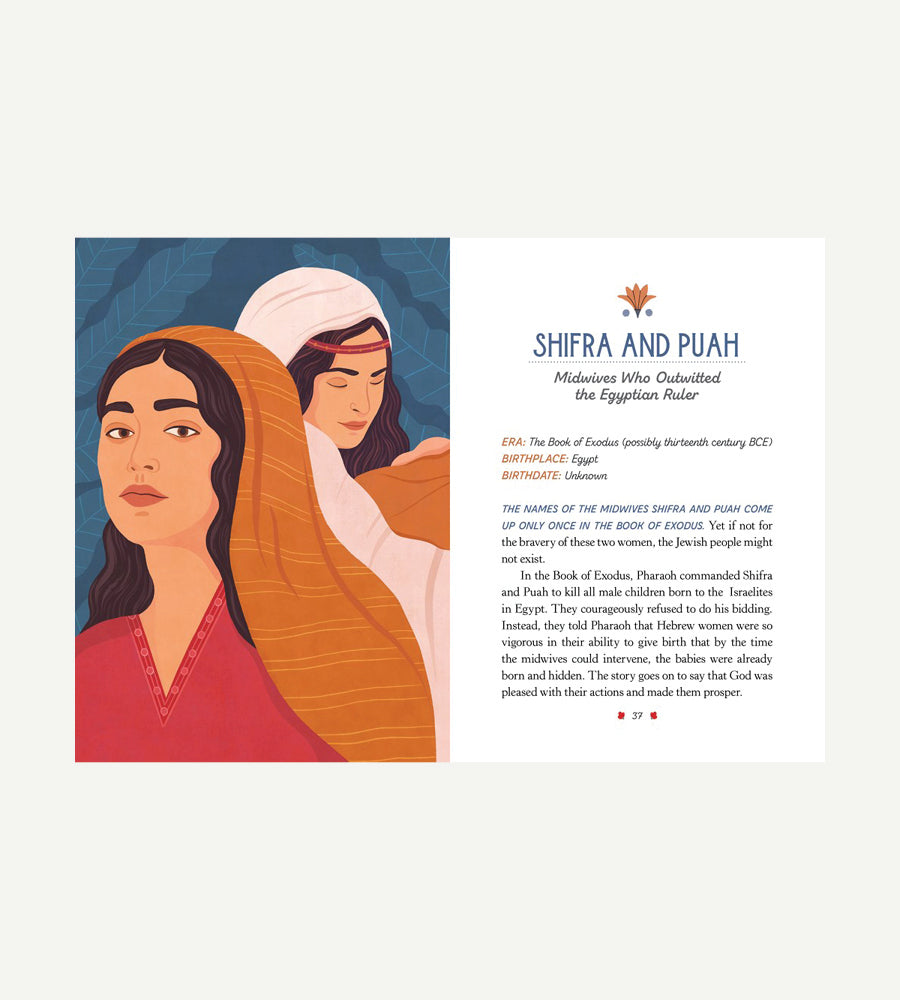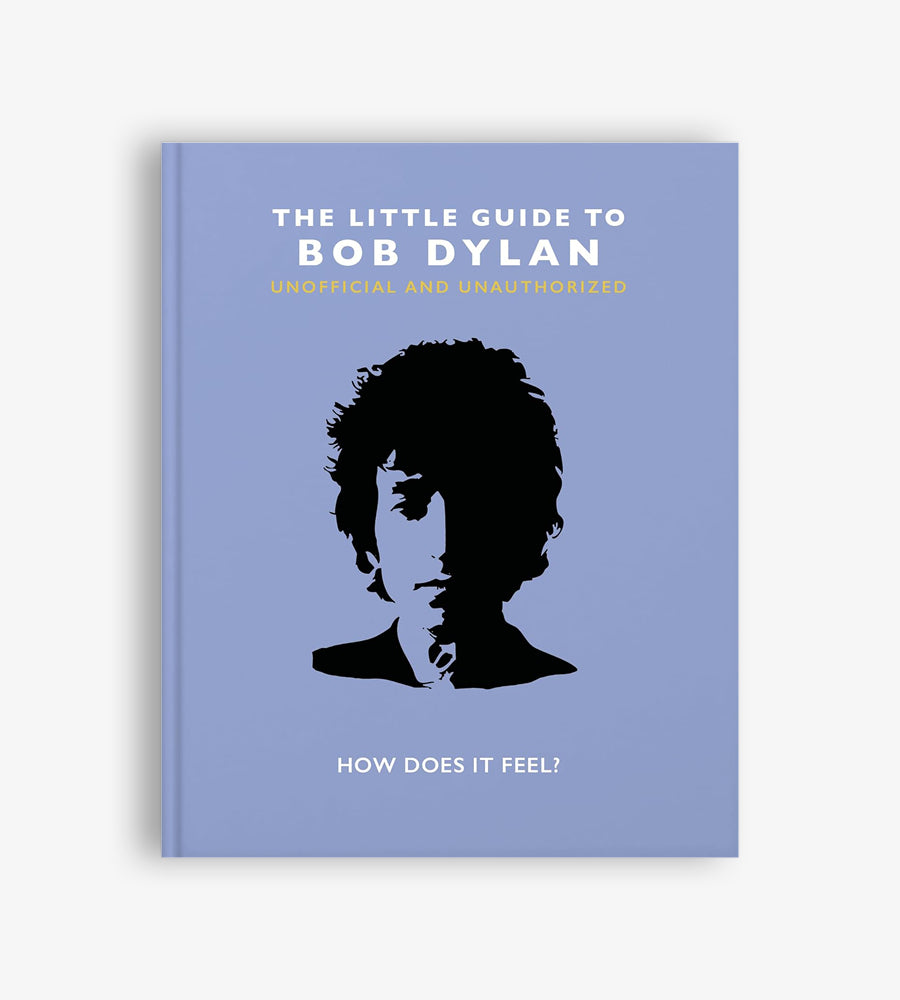
The Jewish Hall of Fame
Rachel Misrati

Eighteen fifty-eight was a watershed year for British Jewry. For the first time in history, a practicing Jew took his seat as a Member of Parliament in the House of Commons.
First elected as an MP in 1847, Lionel de Rothschild could not take his seat because of the requisite Christian oath before being sworn in. Having been re-elected five times before the law was changed, he was sworn in on July 26, 1858, with a modified oath. In a letter written on August 4, 1858, Rothschild thanked the men of the Consistoire israélite de Bayonne for their congratulatory letter “upon the successful issue of our long struggle for the emancipation of British Jews,” while sharing their hope that “this triumph may have a beneficial effect throughout Europe.”
This letter is one of the autographs of over 5,500 leading Jewish personalities that constitute the Abraham Schwadron Autograph Collection. The first-ever systematic and comprehensive Jewish autograph collection, it is a unique record of Jewish history as it unfolded. Schwadron’s desire to establish a national collection portraying Jewish achievements and excellence led him to seek out the autographs of Jews whom he considered contributors to Jewish history and society. His complementary portrait collection provided the visual resources.
Abraham Schwadron (1878–1957) devoted sixty years to this enterprise: the first thirty years in Galicia, where the collection survived a fire and was then saved from the Russian invasion, and then, from 1926, in Jerusalem, at the National Library, where it survived equally turbulent times. Not merely an accumulation of signatures, the collection’s annotated visiting cards, handwritten letters, literary manuscripts, and musical scores are all pieces in a mosaic of Jewish life and cultural enterprise stretching from the sixteenth century to the present day. Spiritual giants such as Joseph Karo, Shneur Zalman of Liadi, and Rav Kook take their place next to eminent and distinguished Jews such as S. Y. Agnon, Sigmund Freud, Walther Rathenau, Rosa Luxemburg, Karl Marx, Haim Nahman Bialik, Emma Lazarus, Theodor Herzl, Moses Mendelssohn, Eliezer Ben-Yehuda, Hannah Szenes, and Naftali Herz Imber. There are even autographs of Jewish-born converts, such as Heinrich Heine, and some carefully chosen non-Jewish figures. The curation and cataloguing of additional autographs still continues at the National Library today.
The collection’s importance as a unique primary source for studying Jewish history is unparalleled. As Rothschild’s letter shows, historic events become personal. The autographs provide us with a glimpse of their authors’ intimate thoughts as they experienced contemporary events.














